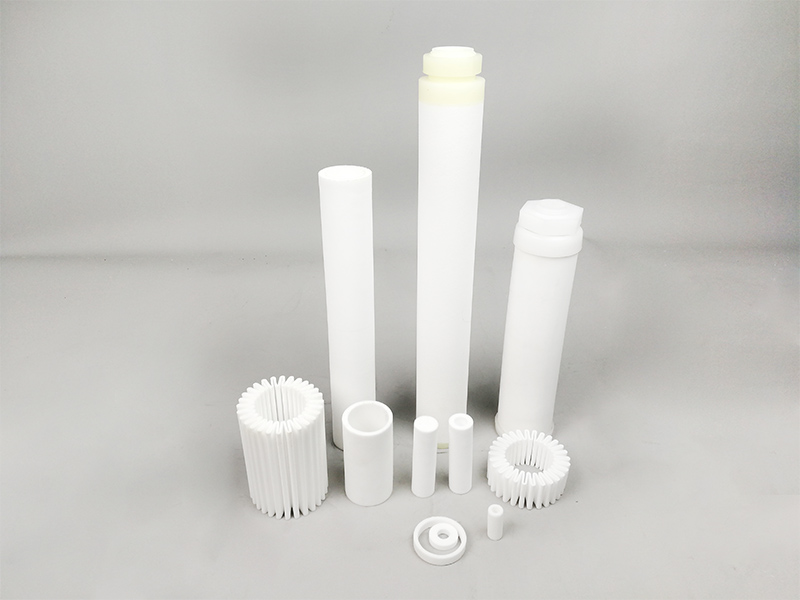How the Evolution of Sintered Porous Plastics is Furthering!
New technical advances in filtration and separation technology may help fight cancer, new technical advances in filtration and separation technology may help fight cancer. The filtration group believes that the evolution of the sintered porous plastics line will help molecular biologists and clinicians better understand the basis of cancer and other diseases.
Porous Plastic Materials
Scientists in the Wrexham Department have developed porous plastics that can now be used in various fields of medicine and pharmaceuticals to provide better medical care, increase medical knowledge, and help diagnose and treat disease. By adding proteins to A or G or other highly selective biochemical reagents such as antibodies, it opens up many new analytical tools to help molecular biologists and clinicians understand diseases, and these test sets are available. in the manufacture of products.
it is a very versatile plastic that can be used in a variety of functions in the medical field. The material requirements for these market sectors are generally much more stringent than for industrial applications. They must be very poorly washable and free from completely observable contamination. Regulatory approval is a prerequisite for many products in these areas.
Sintered Porous Plastics
Here, the production of porous materials by combining plastic particles using heat-controlled heat has been used in many industrial processes for many years. These sintered materials can be made from many thermoplastic polymers, but are primarily made of polyethylene or polypropylene and typically have a hole size of five to 100 microns and a porosity of 35 to 50 percent.
Sintered Porous Products
Sintered porous products can come in different shapes and sizes, from 2mm in diameter to 2m in diameter. They can be shaped into complex three-dimensional shapes or cut from a roll or flat sheet. The defined pore distribution, as well as the material with excellent strength and chemical resistance, are very important for these applications.
The Vion range of porous materials offers excellent chemical compatibility, excellent resistance and is resistant to many acids, bases, many organic chemicals, and temperatures up to 110 ° C (230 ° F). Typical industrial applications include water and air filtration, noise reduction, odor control, vacuum tables, liquid powders, and battery ventilation.
The Range of Materials Has Grown
It continues to develop and is used in applications such as drug filtration and purification, catheter holes, bone cement mixing in the operating room, and nasal spray filters. Now all possibilities are open when combined with biomolecules and antibodies like protein A or G.
Other tools are in development, and many of them are designed to help automate high-performance applications that can dramatically change the speed of that work. N Our scientists were really excited about the opportunities they had to implement in the lab. broad benefits for health, for improving medical knowledge, and for diagnosing and treating disease.
|
Article Directory /
Arts, Business, Computers, Finance, Games, Health, Home, Internet, News, Other, Reference, Shopping, Society, Sports
|